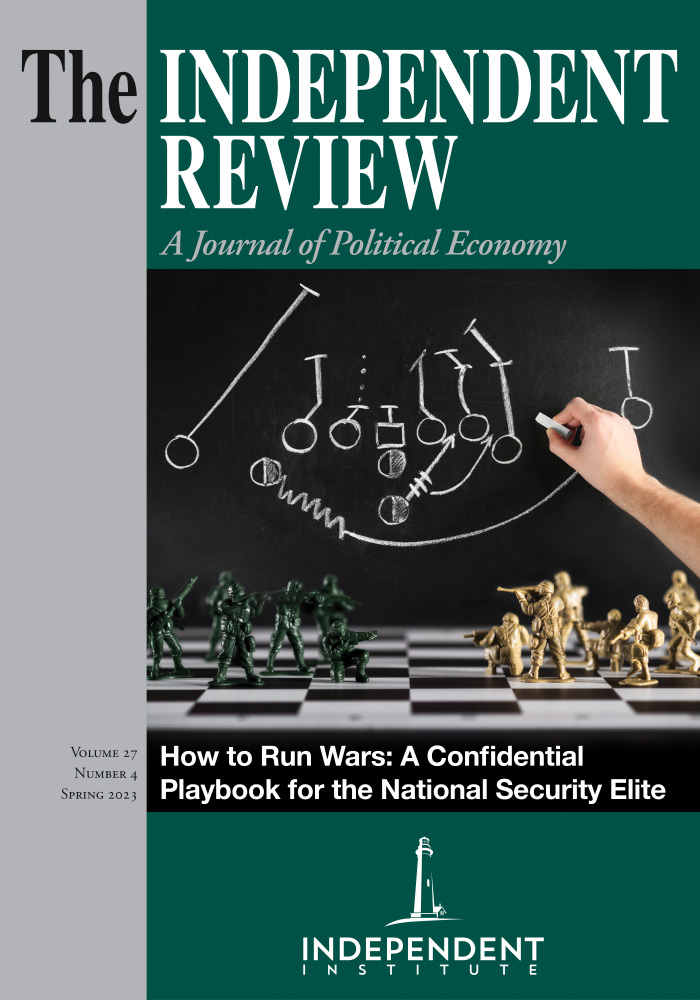Characterizing monetary policy as “easy” or “tight” can be misleading and uninformative. The interpretation of monetary policy must include not only changes in policy variables, but the ideologies of those who shape policy, because ideology informs the aims of policymakers and their interpretation of data. This can be demonstrated by examining the actions of the Federal Reserve under Adolph Miller in the 1920s and 30s and Ben Bernanke at the time of the 2008 financial crisis.
James L. Caton is a faculty fellow at the North Dakota State University Center for Study of Public Choice and Private Enterprise.
American HistoryBanking and FinanceEconomic History and DevelopmentEconomic PolicyEconomyFederal Reserve and Central BankingLaw and Liberty
| Other Independent Review articles by James L. Caton | ||
| Summer 2023 | A Monetary and Fiscal History of the United States, 1961–2021 | |
| Winter 2022/23 | The Currency of Politics: The Political Theory of Money from Aristotle to Keynes | |
| Winter 2019/20 | American Default: The Untold Story of FDR, the Supreme Court, and the Battle over Gold | |
| [View All (4)] | ||









